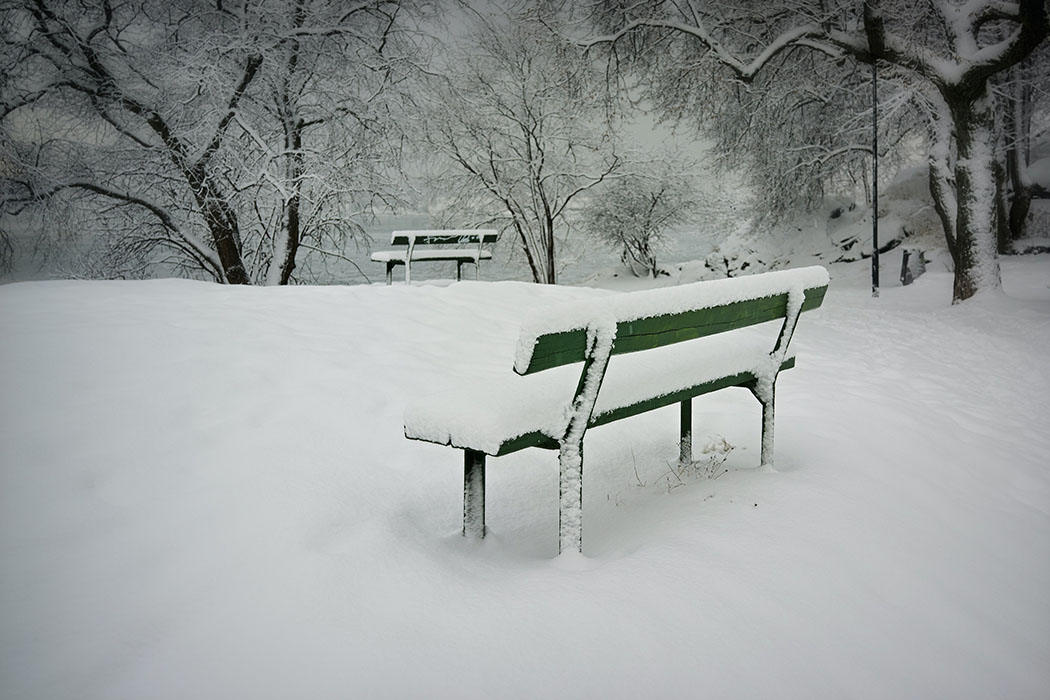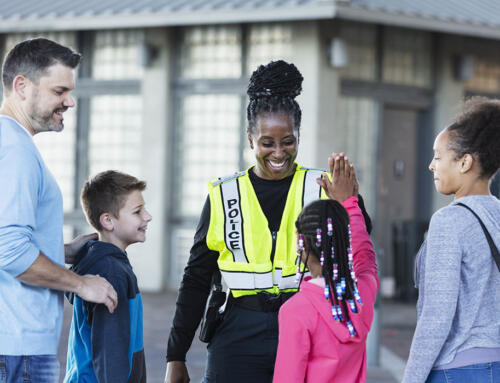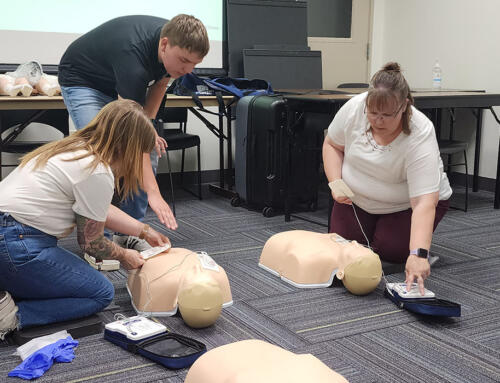As the days grow shorter, the temperatures get colder, and the winter weather begins to set in, preparing for winter conditions can help mitigate potential hazardous exposures that could result in property damage or injury to staff, students and the public. The following are some recommendations to take into consideration for your winter preparation plans.
Maintenance:
- Winterize your heating systems, sprinkler systems, air conditioning equipment, pressure vessel vents, relief valves, and other mechanical equipment to prevent freezing damage.
- Monitor and maintain building temperatures at a minimum of 55 degrees Fahrenheit or higher during freeze conditions.
- Protect water-based fire extinguishing equipment from freezing, including all types of wet automatic sprinkler systems. Drain condensation from low points and set all dry automatic sprinkler systems.
- Insulate water pipes to prevent freezing. Drain water lines if they cannot be protected. Give special attention to areas that are likely to freeze first such as entryways, remote stairs, towers, and concealed spaces (that are above suspended ceiling containing sprinkler piping). Perform storm drain inspections.
- Do a visual inspection of exposed plumbing to check for leaks and potential cold spots. Fix any drips, leaks, or cold spots before they become larger problems. It may also be helpful to leave the cabinets under sinks open, especially on exterior walls, to allow warm air to circulate around the pipes.
- During severe temperature drops (below freezing), consider allowing faucets located on exterior walls to run a steady drip. This eliminates pressure buildup between the faucet and any ice blockage. Even if the pipes do freeze, they most likely will not burst.
- Seal off crawl spaces and attics: This will prevent the air in these areas from cooling below freezing, protecting any pipes that might run through them.
- Inspect all roofs, drains, gutters, and downspouts; clear and repair them as needed. Make sure the roof can handle unusually heavy snow accumulation. Consider having a contractor on call to remove snow off the roofs.
- Clear and protect all outside vents from ice and snow accumulation.
- If you rely on generators for back-up power, perform preoperational checks and start-up tests. Consult your generator’s manufacturer for details.
- Anticipate power sags and surges during severe weather. The best solution is equipment isolation – turn it off and unplug it. If you need to keep equipment running, installing surge protectors can provide protection.
- Ensure that building custodians shovel, sand and/or salt exterior stairs and paths to clear ice and snow. Be careful not to create slipping hazards by stacking snow in locations relative to walkways in which runoff would freeze, causing slippery conditions.
- Always have cold weather gear on hand – Gloves, hats, emergency blankets, flashlights.
- Collect and distribute a list of emergency phone numbers and contacts, such as snow removal, heating system repair company, utility company, and the weather bureau.
Gates at Parking Lots & Driveways:
- Secure and lock gates in either the open or closed position to minimize them from swinging open and potentially causing injury to people or causing property damage to vehicles.
- Chains across driveways should be well marked and highly visible to drivers and not pose a tripping hazard to pedestrians. Placing a “closed gate” sign, painting the chain in a highly visible color, or attaching fluorescent caution tape to the chain helps drivers and pedestrians easily see the chains across driveways and reduces the potential for injury and/ or property damage.
Lastly, if the unexpected does happen, promptly report any weather-related damage claims.





 ESD 112 equalizes educational opportunities for learning communities through innovative partnerships, responsive leadership, and exceptional programs.
ESD 112 equalizes educational opportunities for learning communities through innovative partnerships, responsive leadership, and exceptional programs.